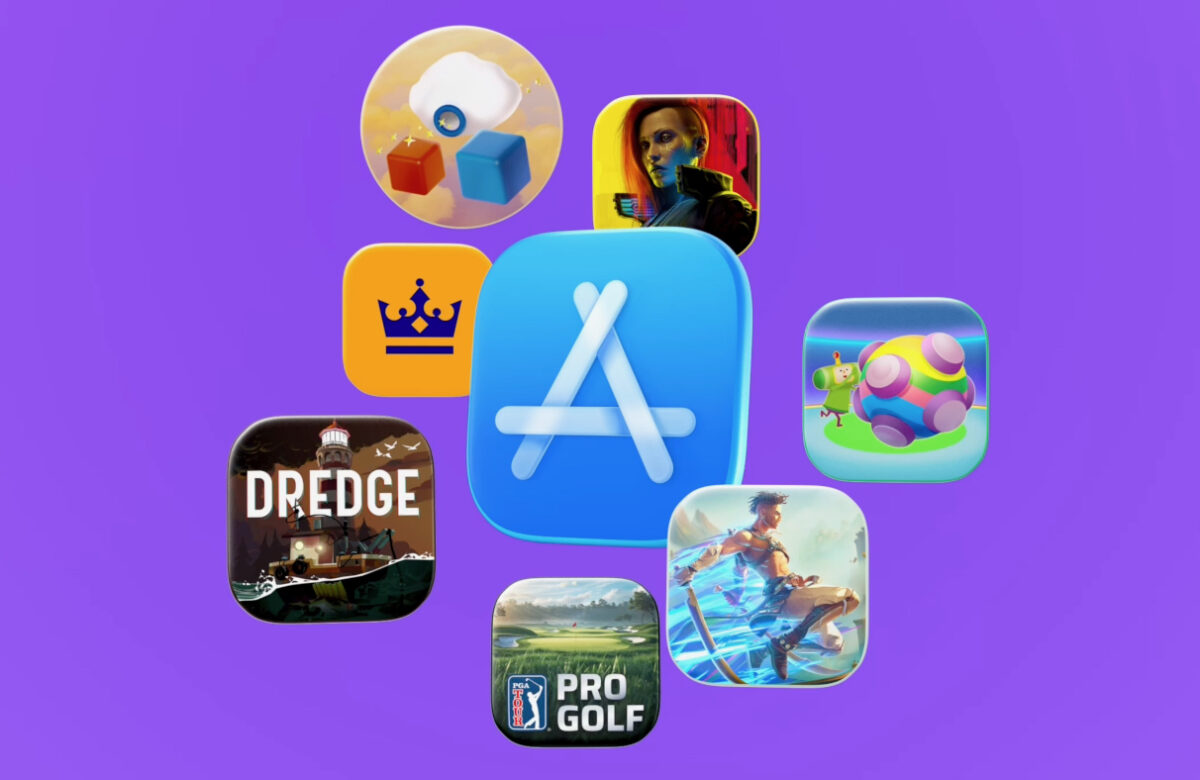
Mastercard Builds ‘Venmo for Crypto’: A New Step Toward Mainstream Blockchain Adoption
- Blockchain
- April 24, 2025
- 935
Making Crypto More User-Friendly
Mastercard is taking a big step toward making cryptocurrency as easy to use as traditional money. The company is developing what it calls a ‘Venmo for crypto’ platform — a way to send and receive digital assets as smoothly as people currently use Venmo or PayPal for regular money transfers.
This move is part of Mastercard’s broader effort to bring blockchain technology into everyday financial services. The goal is to allow people, businesses, and banks to move digital assets — such as cryptocurrencies and tokenized money — across borders and systems with speed and reliability.
Not Just a Concept — Building Real Infrastructure
Unlike some companies that only explore blockchain through small pilot projects, Mastercard is going all in. The company is working to build a global, compliant infrastructure that supports digital asset transactions.
This includes:
- Crypto card programs in over 100 countries,
- The Multi-Token Network, a platform designed to support regulated blockchain transactions,
- Partnerships with major banks like JPMorgan and Standard Chartered.
Through these collaborations, Mastercard wants to enable use cases like cross-border payments, supply chain tracking, and real-time settlement of financial transactions using blockchain.
Why It Matters
Most people still find crypto confusing or risky. One of the main reasons is that crypto platforms often lack the ease of use and trust associated with traditional payment systems. Mastercard is trying to fix that by adding familiar features like:
- Clear rules and regulations,
- Trusted intermediaries,
- Simple user experiences.
By doing this, Mastercard hopes to remove the friction that prevents wider adoption of blockchain technology.
Challenges Ahead
Of course, this isn’t easy. Building something that combines the flexibility of crypto with the reliability of Mastercard’s existing network involves a lot of technical and regulatory work.
The platform needs to:
- Meet global compliance standards,
- Be secure and scalable,
- Support different types of digital assets,
- Work smoothly across borders.
It’s a complex task, but Mastercard seems committed to tackling it.
A Glimpse Into the Future
If successful, Mastercard’s new platform could be a turning point for the crypto industry. It could lead to a world where sending crypto is as easy as sending a text message, and where digital assets are used not just for investing, but for real-world payments.
By bridging the gap between traditional finance and blockchain, Mastercard is trying to build a future where crypto is not just an experiment — but a part of daily life.



